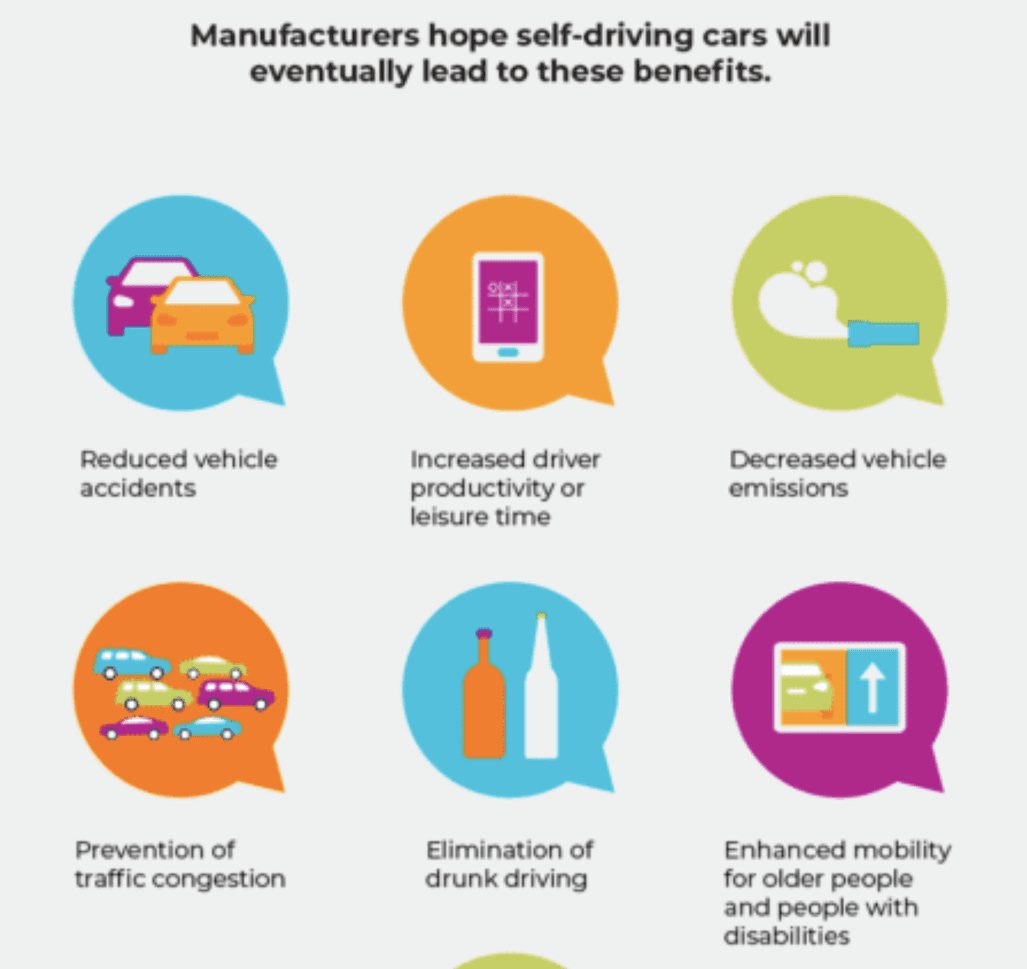Are you eager to kick back on your commute or a long road trip and let your car drive for you? While self-driving cars once seemed like the stuff of sci-fi novels, many experts are promising they’ll be a reality sooner than we think. A 2015 Guardian article even estimated they could be a common sight on the road by 2020. But you’ve probably noticed that self-driving cars aren’t here quite yet despite car companies spending at least $80 billion to make them a reality.
Self-driving cars offer a lot of promise. Not only may you be able to text, game, or even catch some winks on your way to work, but they could cut down on 90 percent of car accidents, which are caused by human error. They could also help prevent traffic congestion, eliminate drunk driving, save companies money, and allow older people to get around more easily.
So where are all the self-driving cars? Well, some are already on the road. Several companies use them for food delivery, to carry freight, or to drive people around small areas mapped by the vehicles’ software. For example, Waymo uses them for a taxi service in a 100-square mile area around Phoenix. But it turns out building self-driving cars for the general public to cruise around in anywhere is no easy task.
To understand why that’s true, it helps to understand how self-driving cars work. This graphic breaks down how GPS, cameras, lidar sensors, radar sensors, and a central computer system make them work. It also lays out the different levels of autonomous driving. For level 1 autonomous driving, the driver controls the vehicle aided by technology. For level 4 autonomous driving, the technology does all the driving, but a human can step in if needed. Level 5 autonomous cars drive themselves. These vehicles may not even have steering wheels. This graphic helps explain why the future of self-driving cars is coming but isn’t here yet.


